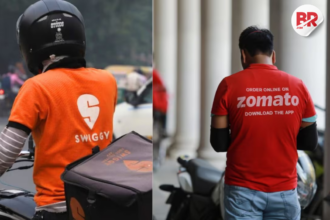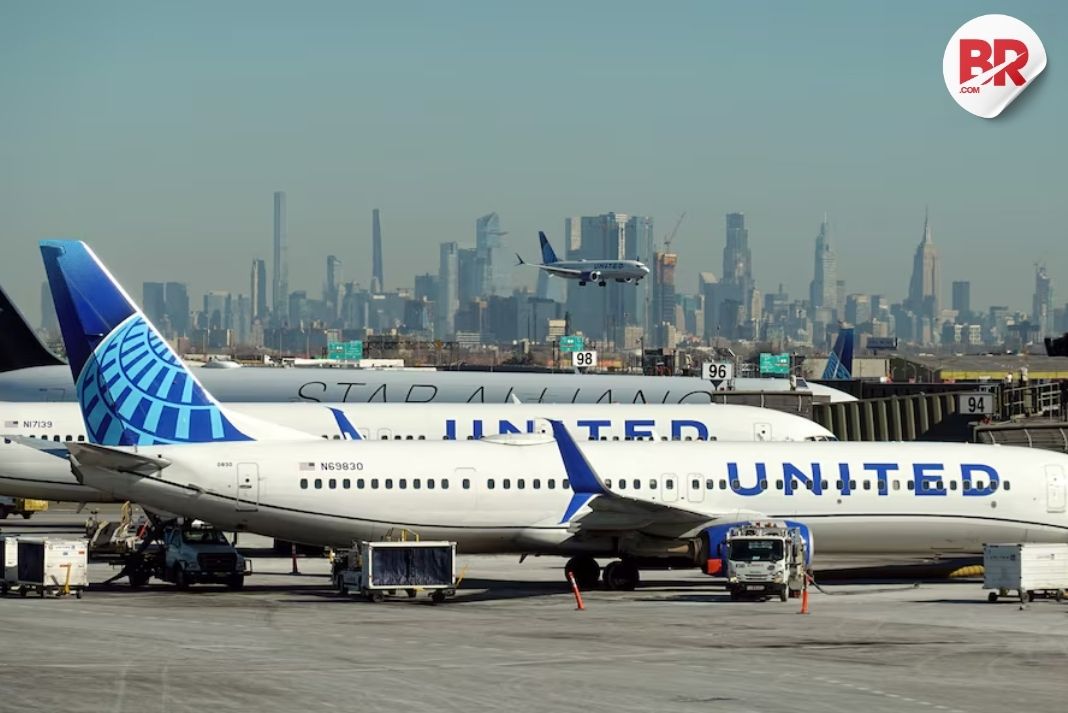
Gold sales fell sharply this Akshaya Tritiya, with volumes plunging nearly 30% nationwide due to record-high prices. On April 29, gold peaked at ₹98,469 per 10 grams (including GST)—a level too steep for many.
Yet, here’s the twist: total sales value actually rose by 15–25%. Why? Indians didn’t buy less—they bought smarter.

What does this mean for the average buyer?
It means fewer bangles, more bling. While traditional buyers cut back on quantity, many turned to high-value purchases like plain gold, designer, and diamond jewellery. The kind of jewellery that says, “We didn’t buy more. We bought better.”
In a country where buying gold is tradition, emotion, and investment all rolled into one, this year’s purchases were still meaningful—just more calculated.
Price Rollercoaster: From Shock to Strategy
Just last week, 24-karat gold flirted with ₹1 lakh per 10g before sliding back to around ₹89,000. In Goa, 22-karat gold settled at ₹8,860 per gram.
These dramatic price swings led to mixed consumer behavior. Mornings were slow. But as prices cooled slightly by evening, stores saw a late rush. Some buyers hesitated. Others feared they’d miss out if prices climbed again.
As one customer in Mumbai put it, “We didn’t come to buy gold. We came to protect our future—with some sparkle.”
Also Read The New Kindle Paperwhite Has a Secret Feature You Won’t Believe—And It’s in India!
South India Shines, Others Stall
Not all regions reacted the same. South India, which traditionally celebrates Akshaya Tritiya with great fervor, outperformed the rest of the country. Northern and western states reported muted interest, with many buyers simply walking away after checking the price tags.
Still, the overall mood was far from dull.
Jewellers Adapt, Consumers Recalculate
Retailers weren’t caught off-guard. Jewellers opened early—as early as 8:30 AM in some cities—and even added temporary counters to manage the crowds.
Pramit Raiker of the Goa Gold Dealers Association said the day had a “lukewarm response due to high prices.”
But Niyati Naik from PNG Jewellers put it more optimistically:
“Sales were below 2024 levels but satisfactory given the price surge.”
And really, that’s the sentiment across India: no gold rush, but no gold drought either.
Akshaya Tritiya Still Sparkles—With Cultural Weight
Akshaya Tritiya isn’t just a shopping day—it’s a promise of prosperity. For Hindus and Jains, it’s an auspicious time to invest in gold, silver, and now increasingly, cars and gadgets.
This year, the wedding season and fears of further price hikes helped sustain demand, even at sky-high rates.
It’s like watching your favorite luxury brand hike prices—but you still grab that “investment piece” before the next bump.
Final Word: India’s Love for Gold Endures—Just a Little Smarter This Time
This Akshaya Tritiya, gold wasn’t out of reach—it just came with terms and conditions. Quantity took a hit, but quality won the day.
Because in India, gold isn’t just a metal. It’s tradition wrapped in ROI. And even if prices rise, one thing remains true: we’ll find a way to make it work—sparkle and all.
Also Read 2.2 Lakh Fans, ₹641 Crore Impact: How Coldplay’s Ahmedabad Concert Changed India’s Music Industry?












